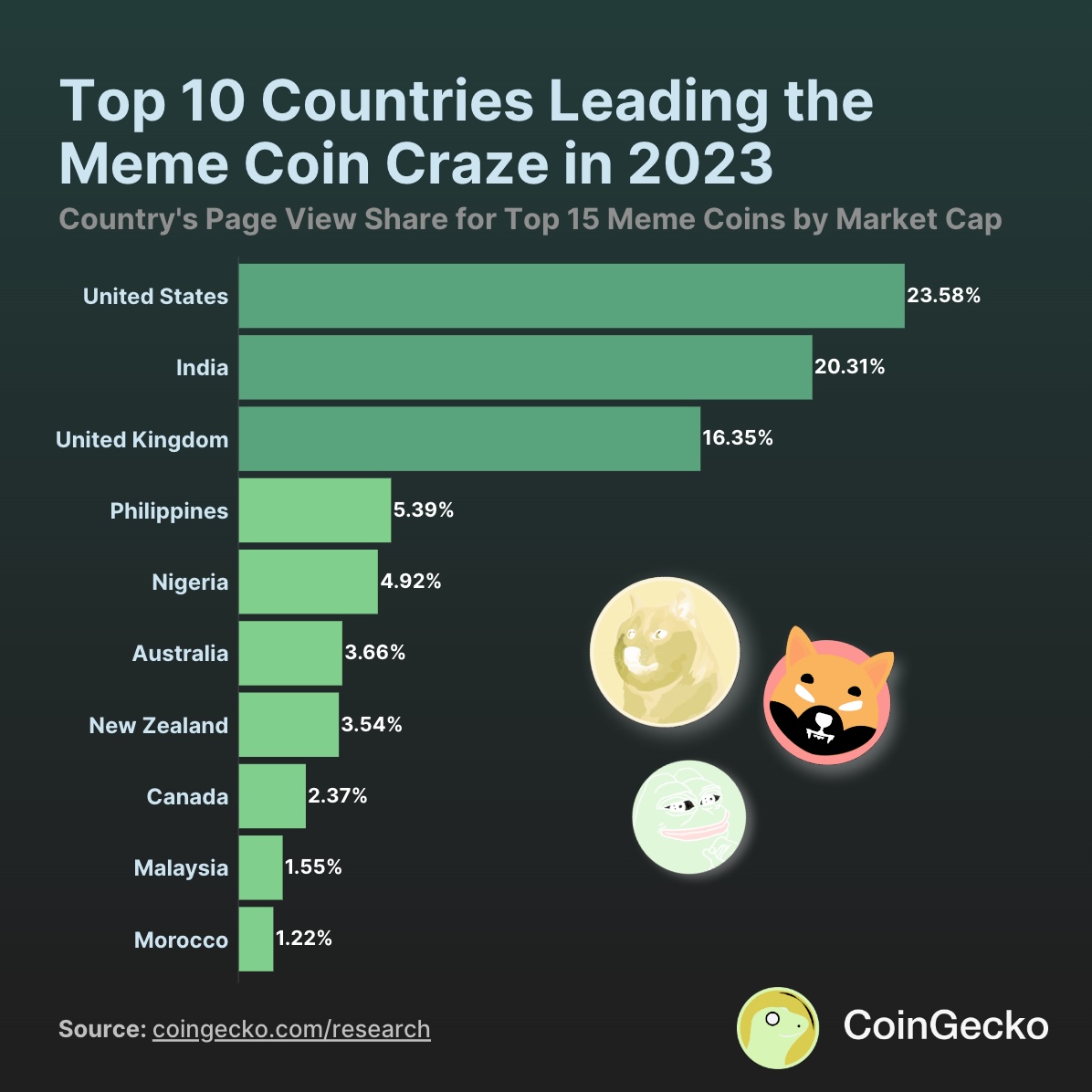In 2013, the launch of a dog-themed crypto token as a private joke between a couple of software developers was a harmless piece of fun. The fact that Dogecoin (DOGE) has since amassed a market capitalization greater than $13 billion (as of Dec. 13) is beyond the understanding of most investors, but it seems like it’s here to stay. However, the sector that DOGE has inspired is becoming a menace to an industry that needs to evolve.
Memecoins are dangerous. They are dangerous because the large majority of those who put their money into them never see it again; they are dangerous in the way they damage the credibility of the entire cryptocurrency industry; they are dangerous in the way ownership is so highly concentrated, and they are dangerous because they are proliferating.
As of Dec. 13, there are around 1,300 memecoins in circulation with a collective market cap of about $22 billion, a sizable figure. However, look closely at the CoinMarketCap memecoin sector, and you’ll notice that nine of those listing pages contain utterly worthless coins.

This is because most memecoins are unabashed scams. Typically created in the bedrooms of degens, these tokens are designed to capitalize on crypto’s affiliation with social media to rapidly steal people’s money. Whether it’s a Squid Games token — which saw $3.38 million swiped — or coins launched on the deaths of former Berkshire Hathaway Vice Chairman Charlie Munger and former Secretary of State Henry Kissinger, these coins now pump and dump in a weekend, taking millions of dollars with them.
Related: History tells us we’re in for a strong bull market with a hard landing
Projects such as Shiba Inu (SHIBA), Pepe (
Go to Source to See Full Article
Author: Lucas Kiely
